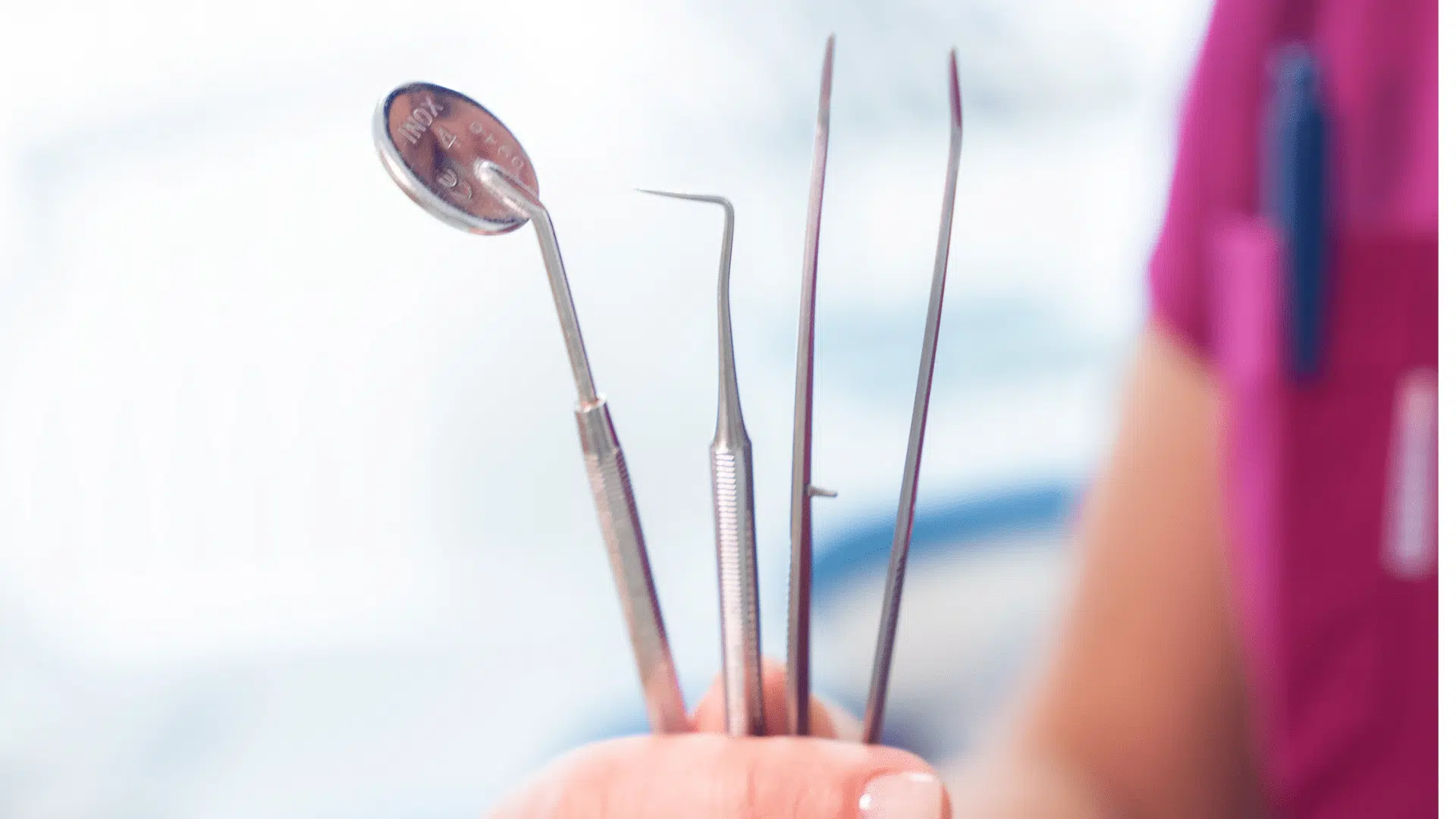Bone grafting is one of the key procedures in modern dental implantology. It is used to restore lost bone tissue, which is crucial for the successful placement of dental implants. In this article, we will discuss when bone grafting is necessary, the methods and materials used, the recovery process, and whether it can be avoided.

Why is bone grafting necessary?
Bone loss can be caused by various factors such as:
When bone tissue is insufficient, placing an implant becomes impossible or risky. Bone grafting provides the necessary stability and strength for the successful integration of the implant.
Types of bone grafts
There are different types of bone graft materials that are selected based on the specific case:
1. Autogenous grafts:
2. Allogeneic grafts:
3. Xenogenic grafts:
4. Synthetic materials:

Bone Grafting Procedure
Bone grafting is typically performed under local anesthesia and involves the following steps:
1. Preparation of the area:
2. Placement of the bone graft:
3. Fixation:
4. Stitching:
Recovery Period
After the procedure, the patient may experience mild discomfort, swelling, or pain, which can be managed with prescribed medication. Recovery typically takes 4-6 months, during which the graft integrates with the natural bone. During this period, it is important to strictly follow the dentist's instructions, including maintaining good oral hygiene and avoiding solid foods.
Success and Risks
Bone grafting is a highly effective procedure, with a success rate of 90-95%. However, like any surgical intervention, it carries risks, such as infection, graft rejection, or insufficient integration. Therefore, it is important for the procedure to be performed by a qualified specialist.
How can bone grafting be avoided?
Basal implants are a way to avoid bone grafting, as these implants are placed in the deeper basal bone, which is denser and more stable.

Bone grafting is a key step for the successful placement of dental implants in patients with insufficient bone tissue, but modern medicine has also created a solution that allows for a long-term resolution of the problem WITHOUT this type of surgery.
Schedule a FREE consultation with an international specialist in implantology interventions HERЕ.